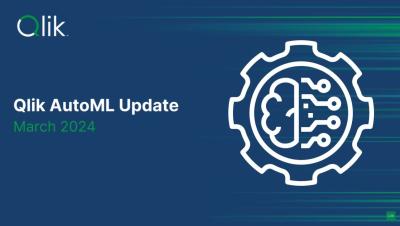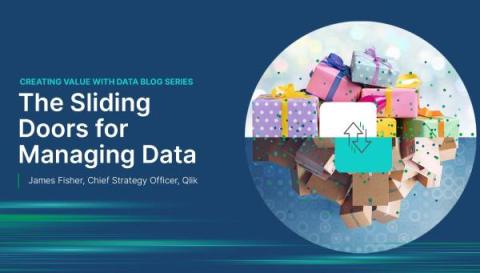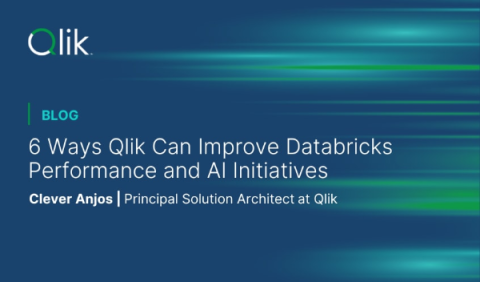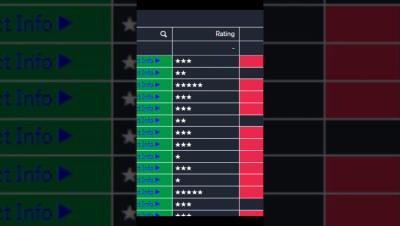Tabular Reporting for NPrinting Users - Do More with Qlik
Join Michael Tarallo, along with special guests Product Manager Andrew Kruger and Principal Platform Architect Johnny Poole, for part 2 of Qlik Tabular Reporting. In this session, the focus shifts to the migration path for NPrinting users, exploring available utilities, migration paths and best practices for a seamless transition.










